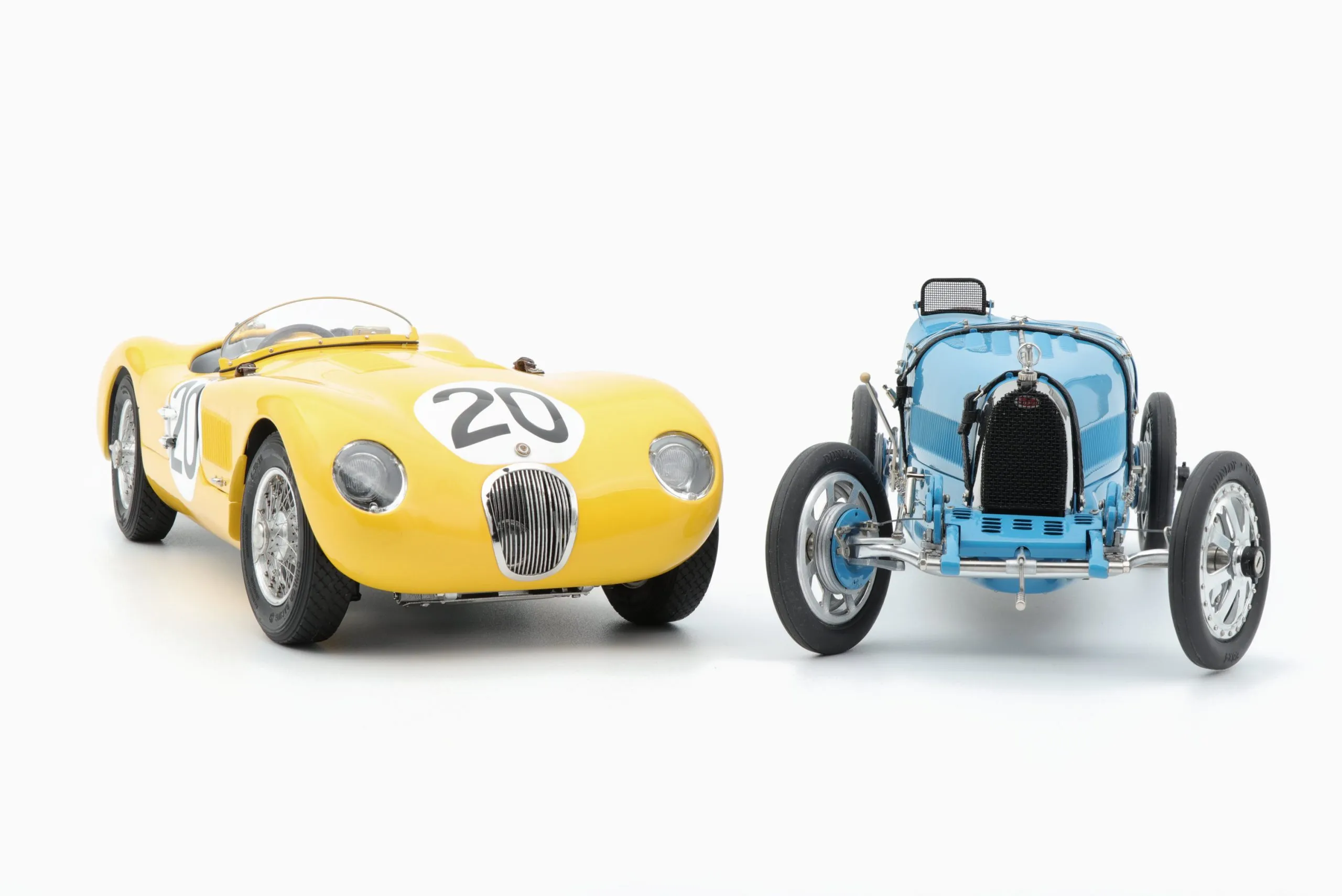What are Diecast Cars
Diecast cars are miniature replicas of real-life vehicles, meticulously crafted using a die-casting process. This involves pouring molten metal, typically zinc alloys, into molds to create detailed and durable models. These cars are not just toys, they are highly sought-after collectibles, prized for their accuracy, craftsmanship, and the nostalgia they evoke. The world of diecast cars is vast and varied, spanning a wide range of makes, models, and scales, making it an engaging hobby for collectors of all ages and backgrounds. The appeal of these miniature automobiles lies in their ability to capture the essence of iconic vehicles, offering a tangible connection to automotive history and design.
The History of Diecast Cars
The history of diecast cars is a fascinating journey that mirrors the evolution of the automotive industry itself. The earliest diecast models emerged in the early 20th century, initially as small promotional items or toys. These early models were often simple in design, but they laid the groundwork for the sophisticated models we see today. Over time, advancements in manufacturing techniques and materials allowed for greater detail and accuracy, transforming diecast cars from simple playthings into highly collectible items that accurately reflected their real-life counterparts. The rise in popularity of diecast cars has paralleled a growing interest in automobile history and the preservation of automotive heritage.
Early Developments
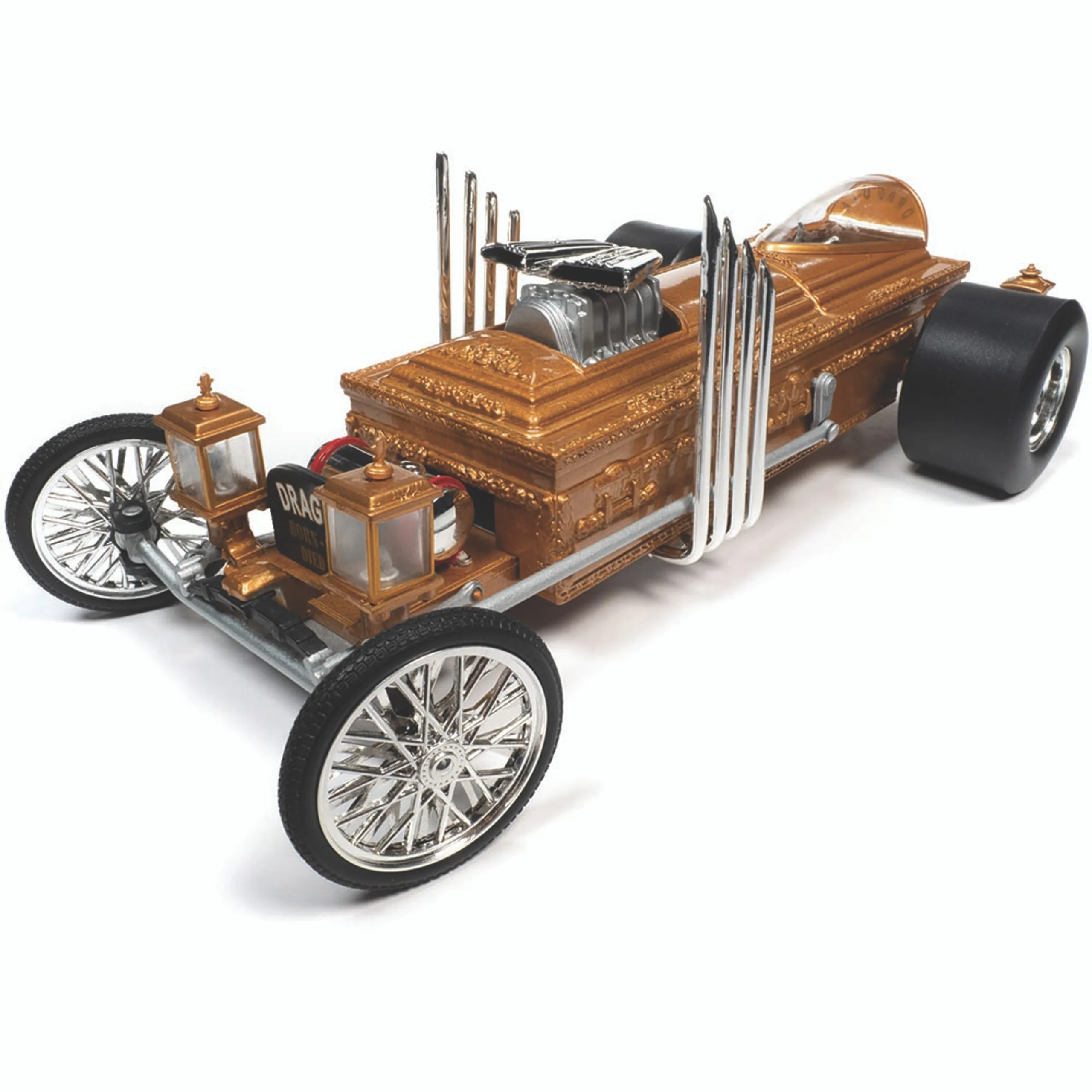
The earliest diecast cars were produced in the early 1900s, with companies like Dowst Manufacturing in the United States leading the way. These initial models were primarily made from lead and were relatively crude in design. The introduction of zinc alloys in the 1930s marked a significant advancement, allowing for more intricate designs and greater durability. The post-World War II era saw a surge in popularity for diecast cars, driven by increased leisure time and a growing fascination with automobiles. This period saw the rise of several key manufacturers who would become synonymous with quality and innovation in the diecast car industry.
Key Manufacturers
Several manufacturers have played a pivotal role in shaping the diecast car industry. Companies like Dinky Toys (UK), Corgi Toys (UK), and Matchbox (UK) were among the first to mass-produce high-quality diecast models, establishing benchmarks for detail and realism. In the United States, companies like Tootsietoy and Ertl gained prominence. Later, companies like Hot Wheels and Johnny Lightning revolutionized the industry with their focus on speed and customization. These manufacturers not only produced a vast range of models but also innovated with features like opening doors, detailed interiors, and realistic paint schemes, adding to the appeal and collectability of diecast cars.
Materials and Manufacturing
The creation of diecast cars is a complex process that involves several stages, from design to final assembly. The choice of materials and the manufacturing techniques used directly influence the quality, durability, and realism of the finished product. Die-casting, the primary manufacturing method, allows for intricate details and precise dimensions, enabling manufacturers to create accurate replicas of real-life vehicles. The materials used, the quality of the molds, and the finishing processes all contribute to the final value and appeal of the diecast car, making each model a testament to the craftsmanship involved.
Common Materials Used
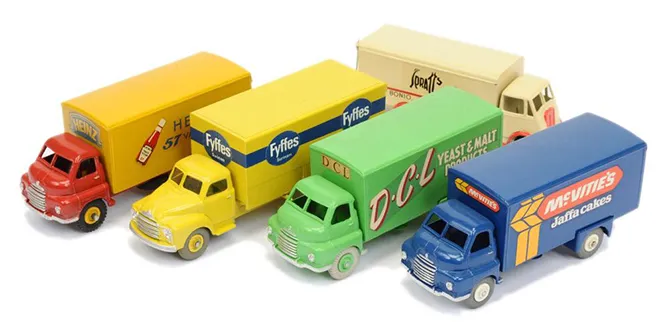
The primary material used in diecast cars is a zinc alloy, often referred to as zamak, which is a combination of zinc, aluminum, magnesium, and copper. This alloy is chosen for its ability to be die-cast, its strength, and its resistance to corrosion. Other materials are also used to create the different parts of a diecast car. Plastic is often used for the interior, wheels, and other details. Rubber or plastic tires are common, providing realistic looks and rolling action. Glass or clear plastic is used for the windows. The combination of these materials allows manufacturers to create highly detailed and realistic models.
The Diecast Process
The die-casting process starts with the creation of molds, which are typically made from steel. Molten metal is then injected into these molds under high pressure, allowing the metal to take the shape of the car’s components. Once the metal cools and solidifies, the parts are ejected from the molds and undergo finishing processes such as trimming, cleaning, and painting. The paint application is a crucial step, with multiple layers often applied to achieve the desired color and finish. Finally, the various components are assembled, and details such as windows, tires, and interior elements are added, resulting in the finished diecast car.
Types of Diecast Cars
Diecast cars come in a wide variety of types, reflecting the diverse world of automobiles. From classic cars and muscle cars to modern sports cars and trucks, there’s a diecast model for every collector. The different types of diecast cars appeal to various collectors, each with their preferences and interests. Some collectors specialize in specific brands or eras, while others focus on a particular type of vehicle or scale. The variety of diecast cars available ensures that there’s always something new and exciting to discover, making collecting a lifelong pursuit.
Scale Sizes
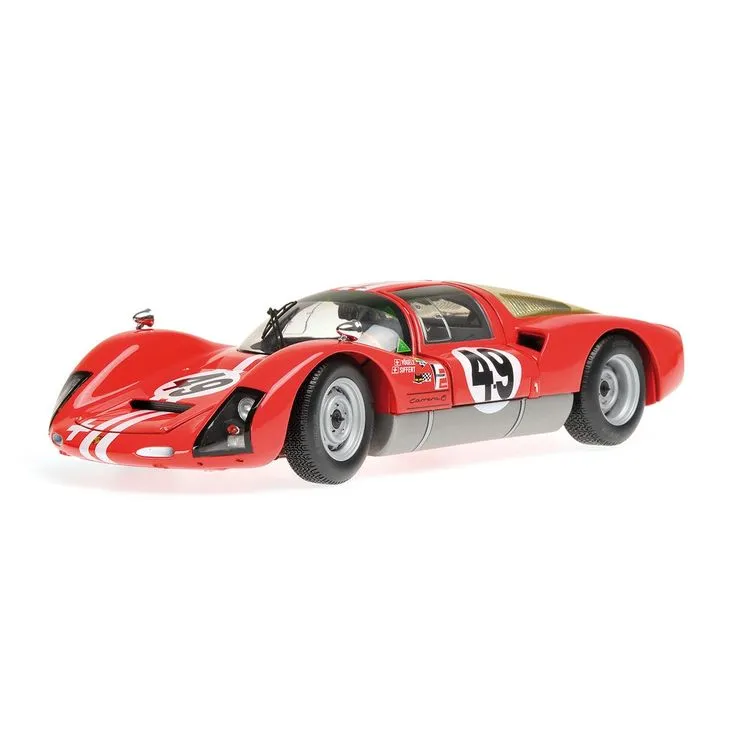
Diecast cars are produced in a variety of scale sizes, with the most common being 1:18, 1:24, 1:43, and 1:64. The scale refers to the ratio between the size of the model and the size of the actual vehicle. For example, a 1:18 scale model is 1/18th the size of the real car. Larger scales, such as 1:18, offer more detail and are often considered premium collectibles, while smaller scales, like 1:64, are more affordable and easier to display. The choice of scale often depends on the collector’s preference, available display space, and budget.
Specific Car Models
The range of specific car models available as diecast replicas is vast, encompassing everything from vintage classics to modern supercars. Popular models include iconic vehicles like the Ford Mustang, Chevrolet Corvette, and Porsche 911. Many collectors focus on a particular make or model, building collections around a favorite car or brand. The accuracy and detail of the diecast models vary depending on the manufacturer and scale, with some models featuring opening doors, detailed engines, and realistic interiors. Limited edition models and those that have a significant history often command higher prices among collectors.
Factors Influencing Value
The value of diecast cars is determined by a variety of factors, including rarity, condition, manufacturer, and the model’s historical significance. Certain models are highly sought-after by collectors, while others are more readily available. Understanding the factors that influence value is important for both collectors looking to build their collections and those considering selling their models. The value of a diecast car is not solely based on its age; it’s a combination of various elements that contribute to its desirability and collectability.
Rarity and Limited Editions
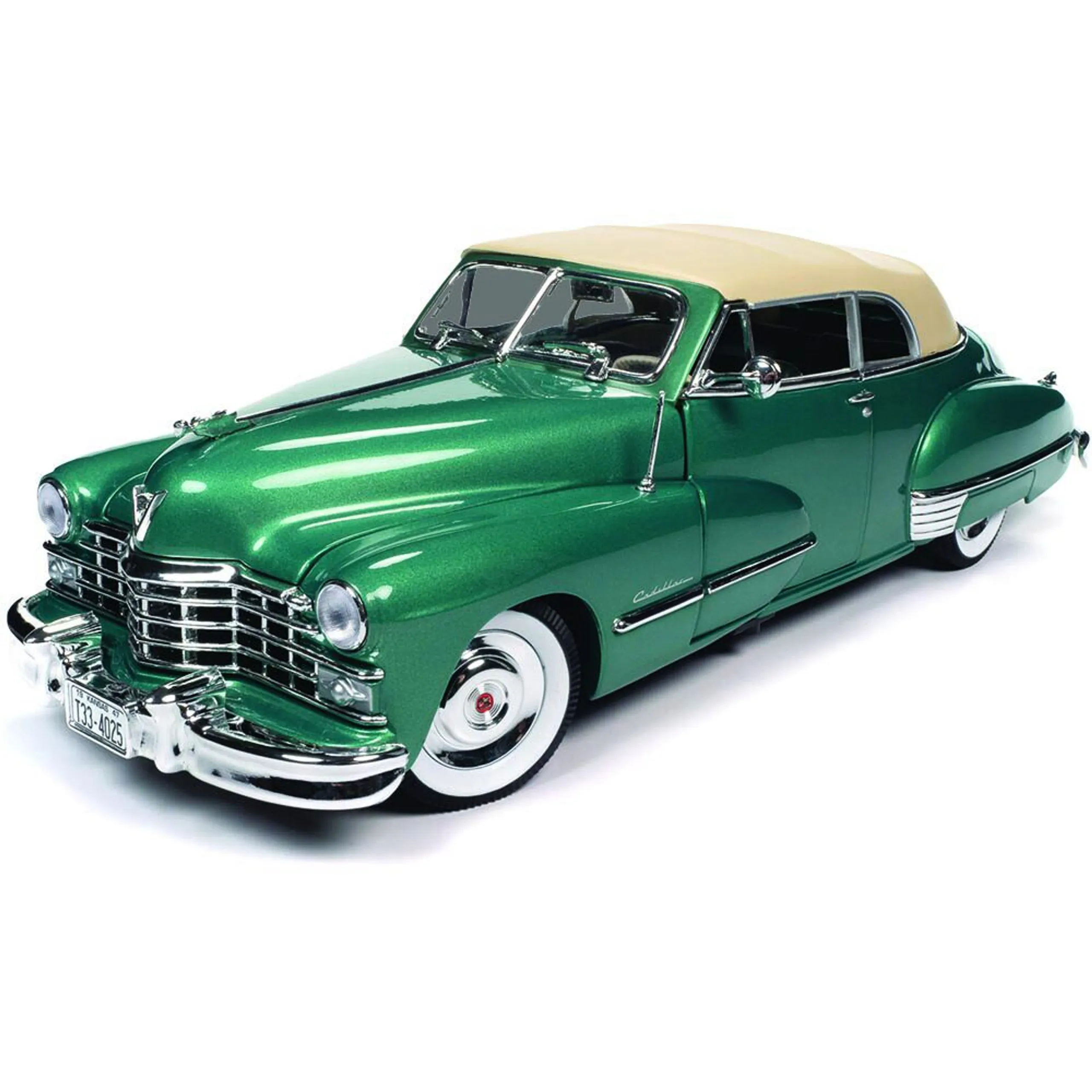
Rarity plays a significant role in determining the value of a diecast car. Limited edition models, those produced in small quantities, often command premium prices. These models may feature unique paint schemes, special details, or be released to commemorate a specific event. The lower the production run, the more valuable the model is likely to be. Models that are no longer in production, or are difficult to find in good condition, are also considered rare. Collectors are always on the lookout for these limited editions and rare finds.
Condition and Preservation
The condition of a diecast car is a crucial factor in determining its value. Models in mint condition, with no scratches, dents, or paint defects, are the most valuable. Collectors often grade their models based on their condition, using scales to describe the level of wear and tear. Preservation is essential to maintain the value of a diecast car. Protecting models from dust, sunlight, and moisture can prevent damage and preserve their condition. Proper storage and handling are vital to ensuring that diecast cars retain their value over time.
Building a Diecast Car Collection
Building a diecast car collection is a rewarding hobby that can bring years of enjoyment. Whether you’re a seasoned collector or just starting, there are several tips and strategies to help you get started. From choosing your focus to finding the right models, building a collection is an exciting journey. Creating a collection is a personal experience, and the process involves setting goals, establishing a budget, and developing a strategy for acquiring new models. It is important to remember that the most important aspect of building a diecast car collection is enjoying the process.
Displaying Your Collection
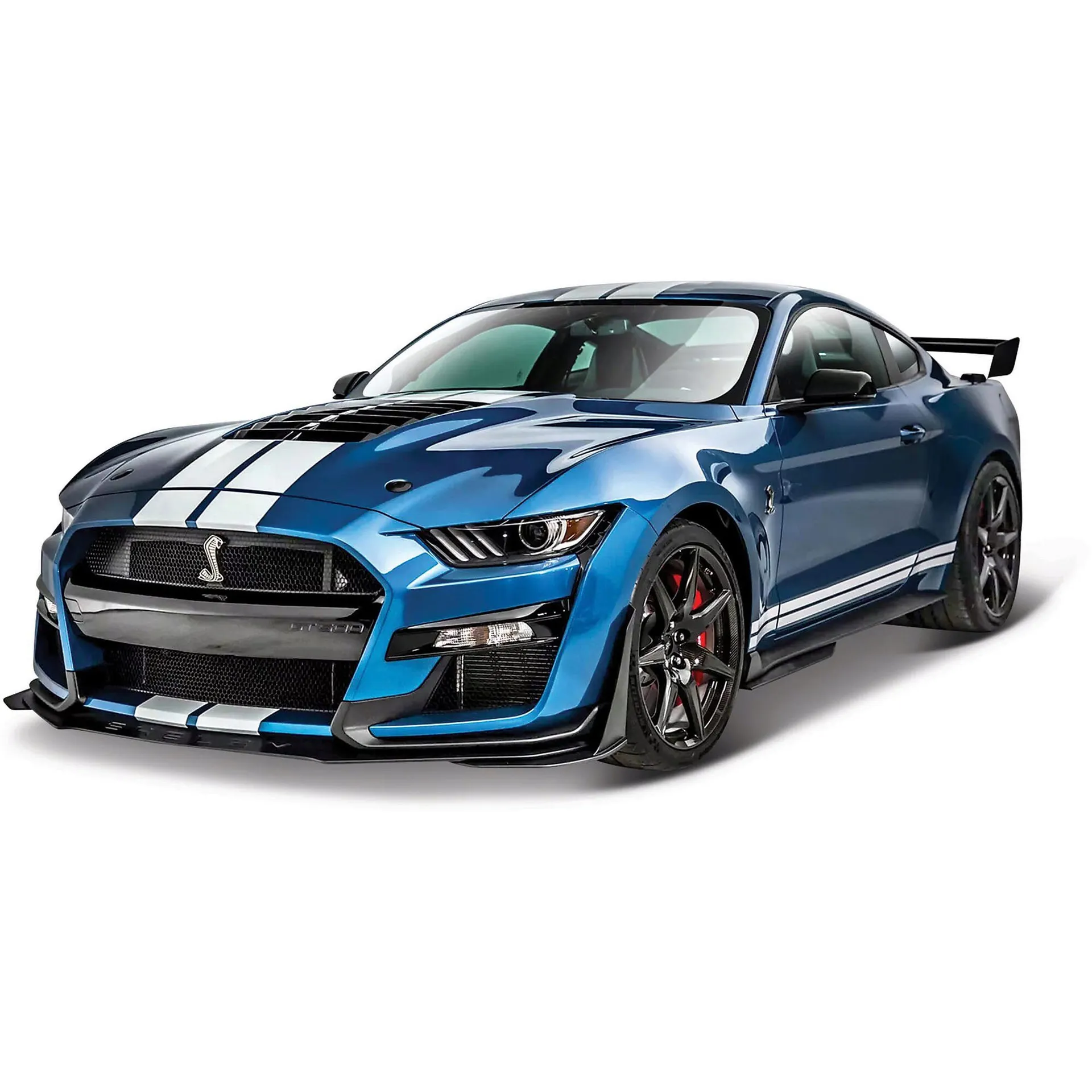
Displaying your diecast car collection is an essential part of the hobby. How you choose to display your models can enhance their visual appeal and protect them from damage. There are several display options available, from simple shelves and display cases to custom-built setups. Consider factors such as lighting, dust protection, and accessibility when choosing a display method. Organize your collection by brand, model, scale, or any other system that suits your preferences. The way you display your collection is an opportunity to showcase your passion for diecast cars and share it with others.
Where to Buy Diecast Cars
Diecast cars can be found in various places, both online and in physical stores. Hobby shops, toy stores, and online marketplaces are great places to start your search. Attending diecast car shows and events is an excellent way to find rare models and connect with other collectors. Online marketplaces such as eBay and specialized diecast car websites offer a wide selection of models. When buying online, be sure to check the seller’s reputation and read the product descriptions carefully. Consider joining online forums or communities to learn from experienced collectors and discover new sources for purchasing diecast cars.
Caring for Your Collection
Caring for your diecast car collection is essential to maintaining its value and preserving its beauty. Proper cleaning, storage, and handling can prevent damage and keep your models looking their best. Implementing a care routine is crucial for protecting your investment and ensuring that your diecast cars remain in excellent condition for years to come. The effort you put into maintaining your collection will be reflected in the enjoyment you get from it and the long-term value of your models.
Cleaning and Maintenance

Regular cleaning is important to remove dust and grime from your diecast cars. Use a soft cloth or a brush to gently clean the surface of the models. Avoid using harsh chemicals or abrasive cleaners, as these can damage the paint and details. For more stubborn dirt, a mild soapy solution can be used, but make sure to dry the model thoroughly afterward. Inspect your models regularly for any signs of damage or wear and tear. Regular maintenance is key to keeping your diecast cars in good condition.
Protecting from Damage
Protecting your diecast cars from damage involves several precautions. Store your models in a cool, dry place away from direct sunlight and extreme temperatures. Dust and UV light can cause paint to fade or deteriorate. Consider using display cases to protect your models from dust and accidental damage. Handle your models with care and avoid touching the paint directly, as fingerprints can damage the finish. When transporting your models, wrap them in protective materials to prevent scratches or dents. By taking these steps, you can ensure that your diecast cars remain in excellent condition.
